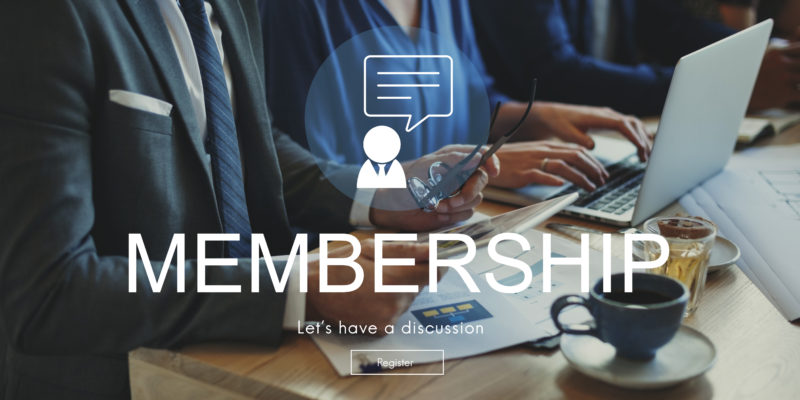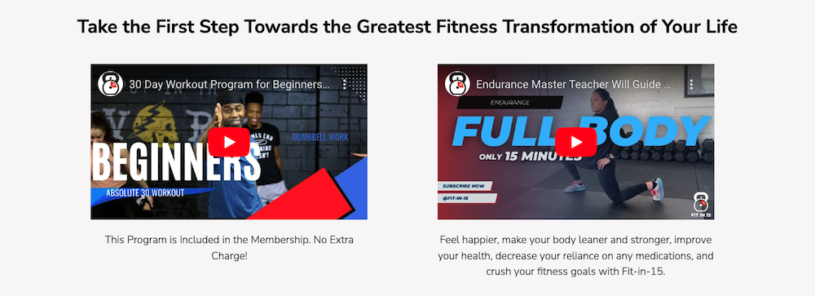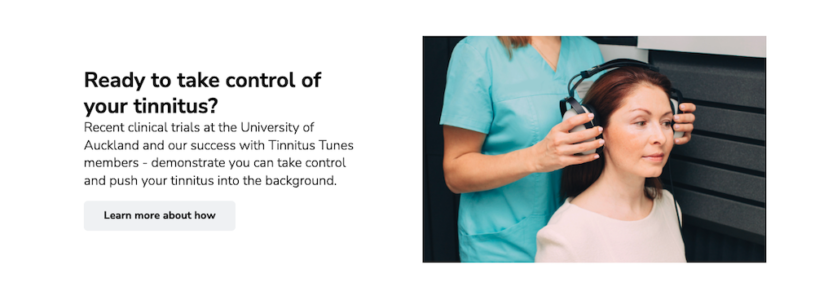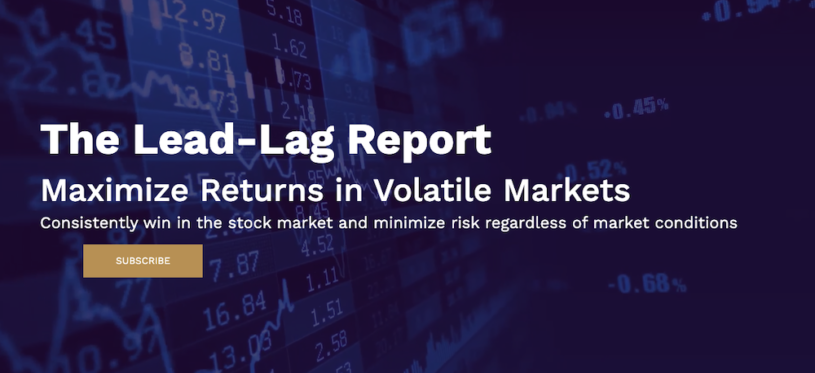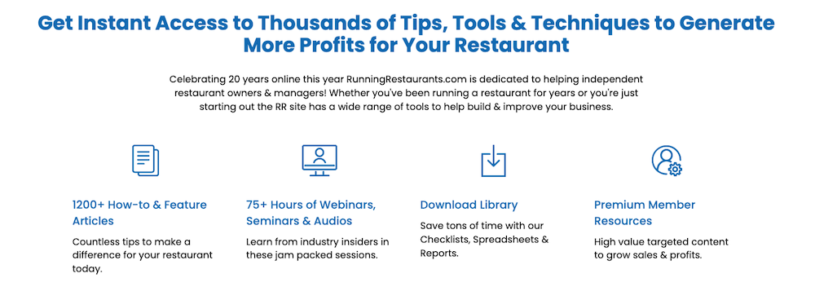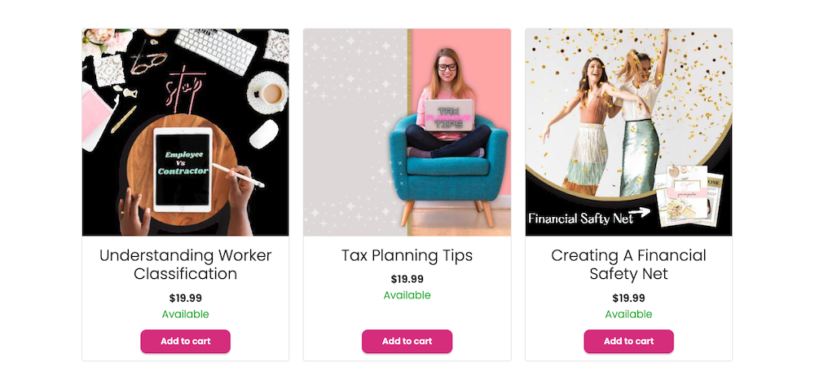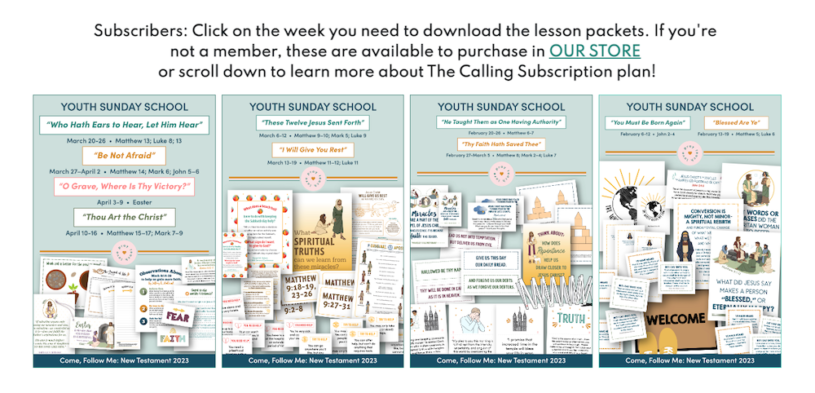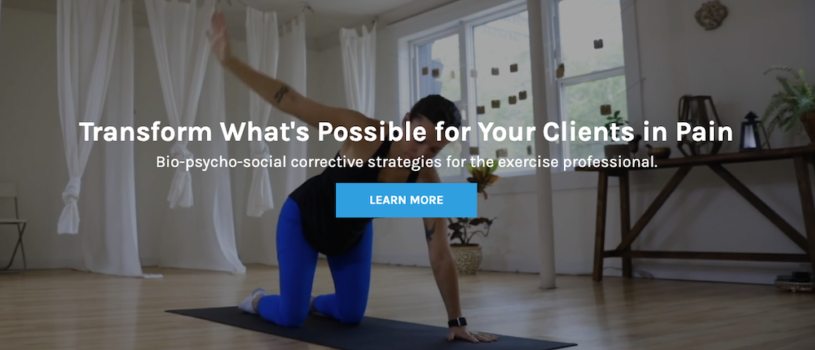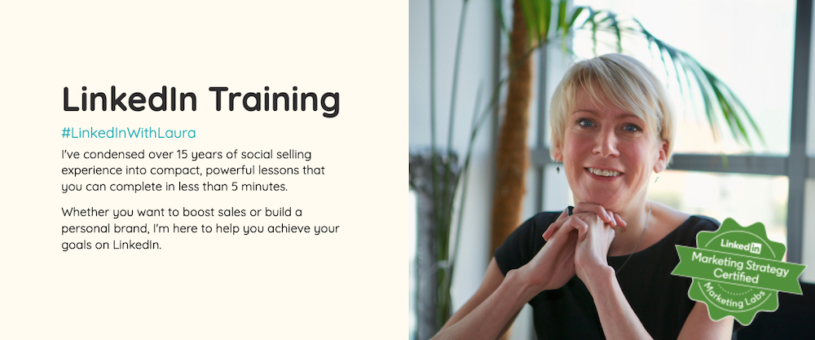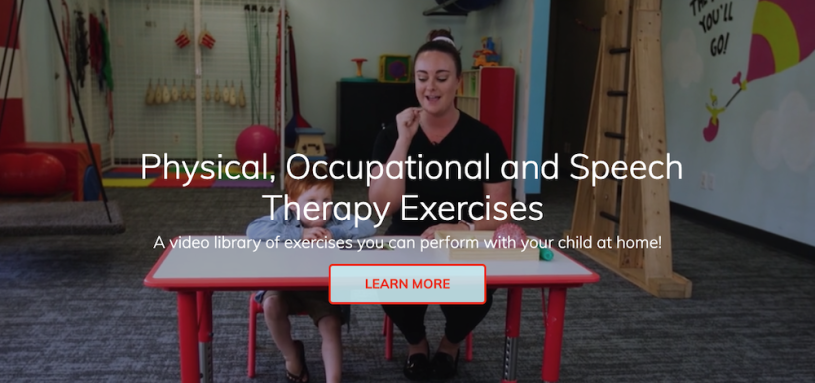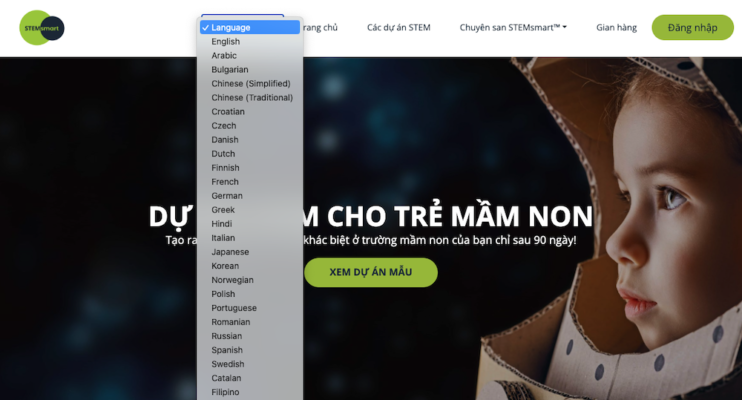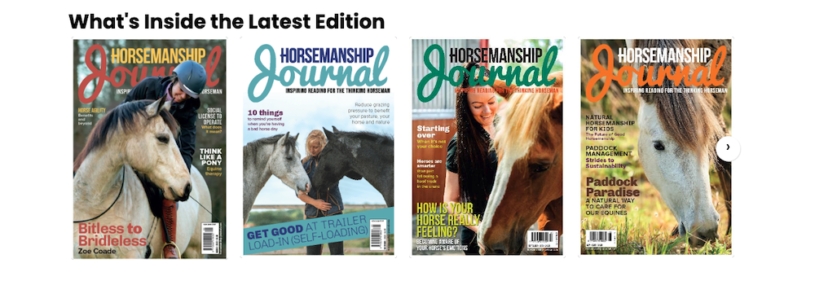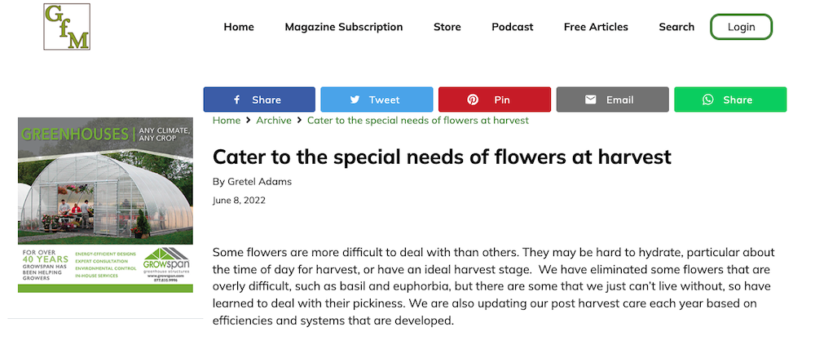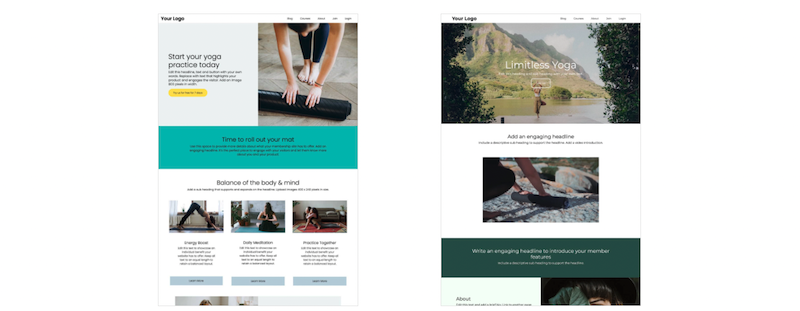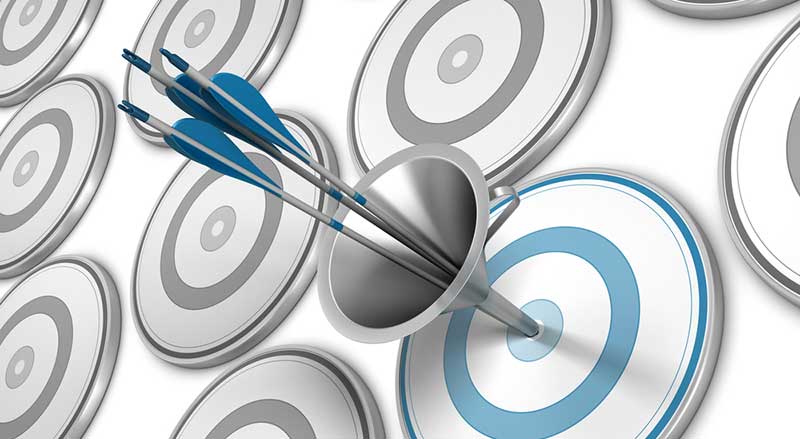
Up until just a few years ago, the concept of an online sales funnel was a novel idea, and the eyes of some, just a bunch of hype. But since then, a sales funnel has become a staple of successful online businesses. And with the advent of advanced software to help put it all together, now any entrepreneur can use sales funnels to build their businesses.
What is a sales funnel?
Simply put, a sales funnel is the journey your customer takes, from first becoming aware of you right through to purchasing your products and services.
Sales Funnel vs. Marketing Funnel
You may hear these terms interchanged freely, but there is a subtle difference. A marketing funnel focuses on making your potential customer aware of you and bringing them into your orbit. A sales funnel focuses on the process that comes after that, leading to sales. For purposes of this discussion, we’re going to call the entire journey a sales funnel.
You may hear these terms interchanged freely, but there is a subtle difference. A marketing funnel focuses on making your potential customer aware of you and bringing them into your orbit. A sales funnel focuses on the process that comes after that, leading to sales. For purposes of this discussion, we're going to call the entire journey a sales funnel.
There are essentially three stages to a sales funnel: Top of Funnel, Middle of Funnel, and Bottom of Funnel.
These phases correspond to the buying cycle stages that your prospects will go through on the way to purchasing from you.
Top of Funnel - Awareness/Diagnosis
At the top of the funnel, you are focused on attracting visitors to your website or landing page. To do this you will first need to decide which traffic sources you want to engage in. Do you have a Facebook or YouTube following? Do you want to start with a mailing to your list? The choice largely depends on which media source you feel comfortable with, and whether or not your potential clients are likely to be there to engage with.
Traffic Sources
Traffic sources can range from blog or social media posts to paid advertising and joint ventures with other vendors. Your content at this stage will educate your audience about the niche you are working in and help them diagnose whether they might fit into it. You can do this by reflecting their pain points back and then offering your quick and easy solution.
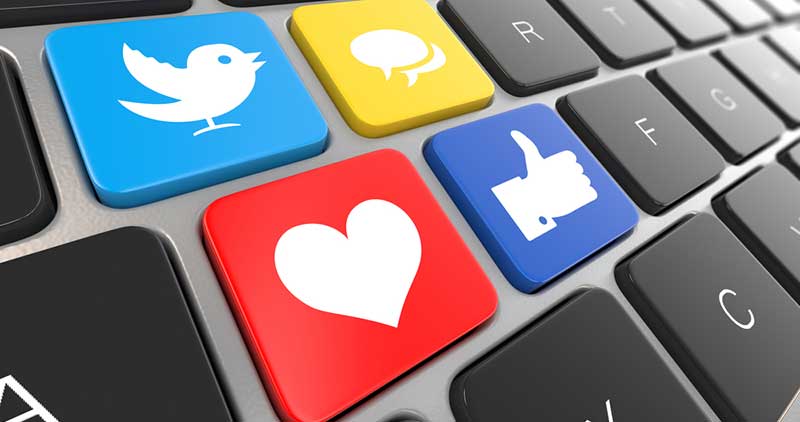
Top of funnel traffic sources:
- Search Engine Optimization - On-page and off-page strategies for optimizing your website and online presence to bring traffic to your site.
- Blogging - You can post blogs on your own website or guest post on other information sites in your industry.
- PR Campaign - if you have contacts in your niche who can interview you or send out press releases, this can build awareness quickly.
- Social Media Marketing - Choosing a social media platform(s) can feel daunting at first. If in doubt, start with Facebook and Instagram and gauge the response. Other popular traffic sources are YouTube videos, podcasts, and webinars.
- Running ad campaigns via Google or Facebook.
Now that you've determined the type of traffic source you will use to make potential clients aware of you, where will you send them from there? That's where a landing page or website comes in.
You can use the homepage of your website as your landing page, or you can create a dedicated landing page. The advantage of a dedicated landing page is that you can be very specific about your offer and your call to action.
At the top of funnel stage, your primary directive should be to capture leads. A dedicated landing page will allow you to focus only on the incentive you offer visitors in return for their name and email address. You can remove distractions such as navigation links to other areas of your website, and other content more appropriate for prospects at the middle or bottom stages of the funnel.
The incentive you offer on your landing page is known as a lead magnet, and just like traffic sources, there are many types you can choose. Lead magnets can be simple. You want to explain enough information to be valuable to the consumer, but not so valuable that they do not need the product or consulting services you are selling.
Lead magnet examples:
- Free e-book
- How-to guide
- Checklist
- Start-up worksheet
- Templates
- Training video
- Short tutorial series
- Free audio
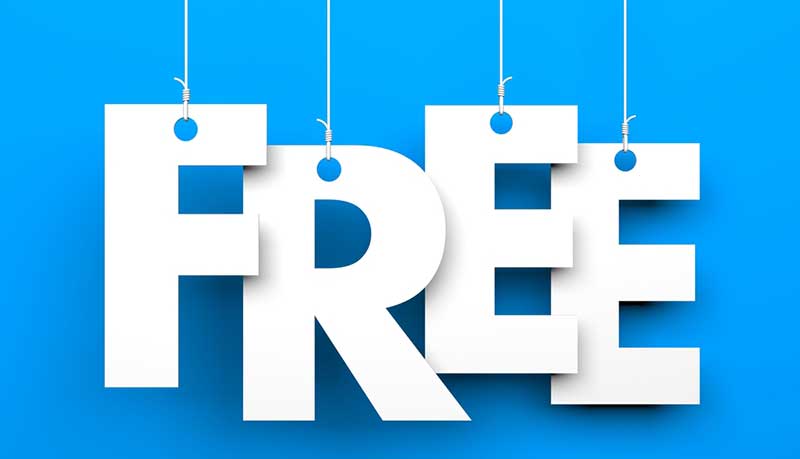
The only pre-requisite of your lead magnet is that it be free of charge and address a particular pain point that you know your prospects are dealing with. For example, a fitness trainer knows that the most difficult part of working out for his/her prospects is motivation. An appropriate lead magnet might be a 3-step guide to getting motivated to work out. A marketing coach knows that entrepreneurs can be baffled by search engine optimization and how to implement it. A checklist of 10 steps to easily optimizing your website would be a lead magnet that speaks directly to the prospect.
Middle of the Funnel - Active Interest
At this stage, your prospect has indicated some interest in your offerings and has even downloaded your lead magnet to get an idea of what you are all about. You have shown them a thank-you page with any further instructions, and sent them a welcome email.
Now you have some leads that you can nurture with email marketing.
Many business owners wince at the idea of sending out regular emails. They don't like the idea of bombarding their prospects with emails. We all feel overwhelmed with unwanted emails in our inboxes at times. But the difference here is that your list has expressed interest in you and has effectively given you permission to email them by taking advantage of your free offer.
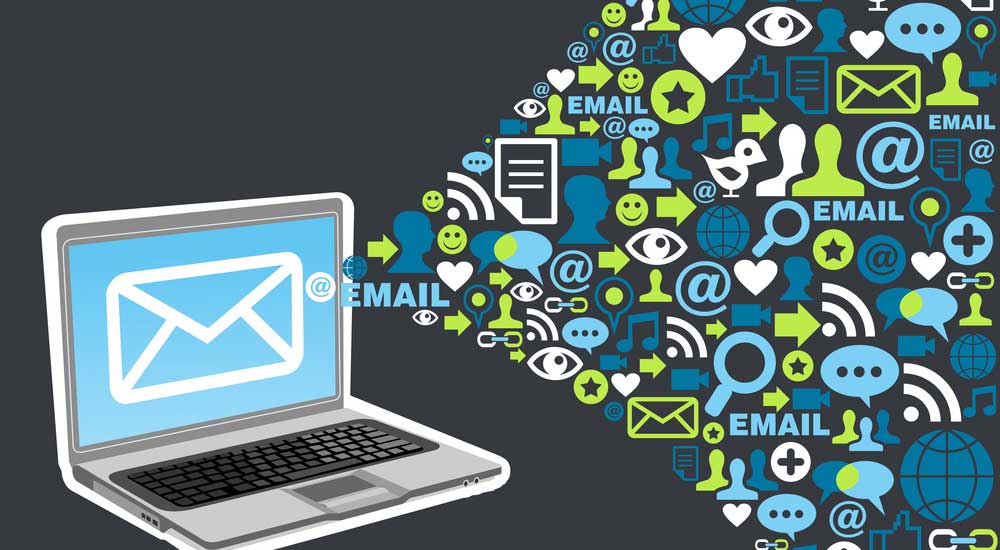
The fact is that if you don’t start sending those prospects regular (or at least periodic) emails, they will forget about you. And they may not want to forget about you. Chances are they want to remember you and even hear more about what you have to offer. So don’t shy away from email marketing in the middle of the funnel.
Email marketing content
Now that you’ve decided to set up a campaign, the question is what will be in it? At its core, the answer is valuable and engaging content. You don’t need to or want to start sending promotional content and discount offers right away. Start with educational content. If you don’t know what your recipients want to learn, ask by sending out a survey.
Invite your list to join an exclusive Facebook group or member forum on your website, and offer additional content there. You may even be able to set up phone calls or zoom appointments during these conversations. As time goes on and they become more comfortable with you and want to engage with you, they will be more likely to respond to your invitations to take a look at your paid offers.
Middle of the Funnel content examples:
- In-depth webinars
- White papers
- Testimonials
- Surveys
- Polls
- Masterclass videos
Bottom of the Funnel - Buying Decision
At this stage, your prospect has already consumed some of your content and is ready to go further. Here you are concentrating on offering your primary product or service - the solution you have created to solve their problem. The solution might be a signature program, a course or series of courses, live coaching, classes and workshops. You will at this stage be showing your prospect a sales page that goes into detail on the benefits of your program and why it's right for them.
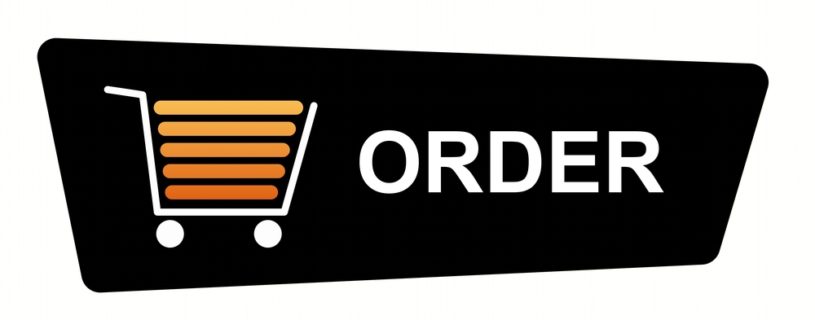
You can use a short-form or long-form sales page. Which you choose will depend on your audience. Studies have shown that generally speaking, long-form sales pages convert better than their counterparts. But there are always readers who simply don’t want to wade through huge amounts of information and will make up their mind long before they get to the end of the long-form page.
Whichever way you decide to go, making sure your page contains the following elements will go a long way toward encouraging those conversions you are looking for.
1. An attention-getting headline. Make sure you are speaking directly to your prospect and using the language that they use. Make sure your readers recognize themselves when they read the headline. And you want to give a dash of hope in that same headline that there is a solution, so they are intrigued enough to read on.
2. A success story. This might be your story, or just a hypothetical example. The idea is that you are offering a scenario that they can relate to, along with a simple solution - your offer
3. Social proof. You’ve probably seen sales pages with dozens of testimonials. How many you want (or can) include is up to you, but there is no doubt that testimonials will help to make your prospect comfortable with their buying decision.
4. Urgency or Scarcity. This is a tactic that helps prospective buyers make a quicker decision. You may want to offer a special discount for those who sign up before a certain date or time. A countdown timer is a great option on the page to reinforce this. Or you may want to encourage prospects to save their spot by indicating that only a certain number of people will be allowed in the program.
5. Easy purchase. Ensure that the buying process is simple and smooth. Stripe and PayPal are both excellent options for either recurring or non-recurring purchases.
6. Clear followup. Once your prospect is your customer, be sure the follow up is clear on your thank you pages as well as welcome emails. If there are further instructions, ensure they are easy to follow and come with a way to contact you for customer service issues.
Now that your client has made it through the bottom of your funnel, and has purchased your offer (yay!), what’s next?
Return Engagement
Give your customers a reason to keep buying from you. You can do with with email marketing or by creating retargeting ad campaigns. Offering special discounts to existing customers and exclusive looks at new products can regenerate excitement among that group. Facebook retargeting campaigns can be directed specifically to the segment of your mailing list that you want to target with upsells, or to simply bring former customers who have only purchased from you once, back into your sphere.
Software Tools
We have talked a lot about the content of your sales funnel. But what software tools will you need to accomplish all this online? The truth is, not a lot! You will need accounts at various social media platforms to use as traffic sources in the Top of Funnel stage. Setting up accounts with Facebook, YouTube, TikTok, or any other platform is free.

What about creating content for those platforms? Videos can be created on your phone, and social media postings require only your creativity and time.
Next, you’ll need to send your prospects somewhere from the traffic sources. For this you will need at the very least a landing page, but most likely a landing page and a website. Once your prospect has responded to the call to action on your landing page, you will be sending them emails with more information - and the best place to house that information is the online hub of your business - your website. It’s best if you can create your website and all your landing pages on the same platform, for both efficiency and economy.
For your email marketing in the middle of the funnel, you’ll need an autoresponder service such as Mailchimp or SendFox. SubHub integrates directly with Mailchimp so you can segment your signups to different member groups and set up tailored mailing sequences to each. Or you can use SubHub’s Zapier integration to connect with a number of other leading email marketing services.
Metrics
You will want to keep track of visits, clicks and conversions from your landing pages and emails. Autoresponder services such as Mailchimp can tell you a lot, including opens, click-throughs and email address bounces. A Google Analytics account will tell you how many visits your pages have had, how they got there, and how long they stayed.
Another great resource for landing pages is a behaviour tracking service such as Hot Jar or Full Story heat maps. With these installed, you can see the exact behaviour of your landing page and website visitors on your pages.
You also may want to use a CRM tool such as HubSpot, Keap, or Salesforce. Your SubHub website can work with these and many more CRM options through its Zapier integration.
SubHub's landing page builder is here! Create landing pages for each stage of your funnel right on your website. No need for an additional paid service.
Open a free trial today!
